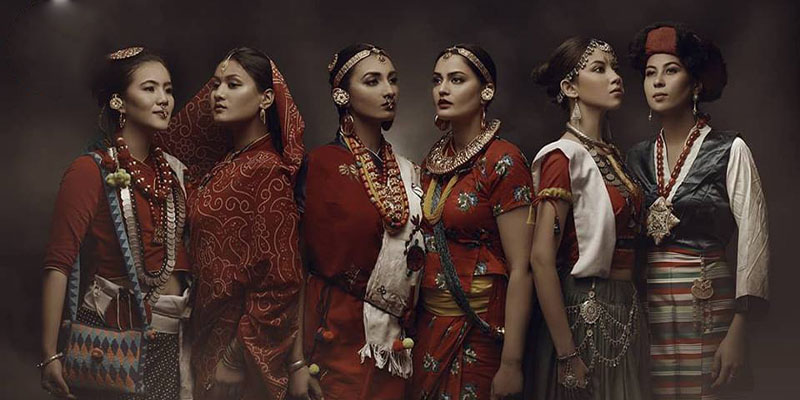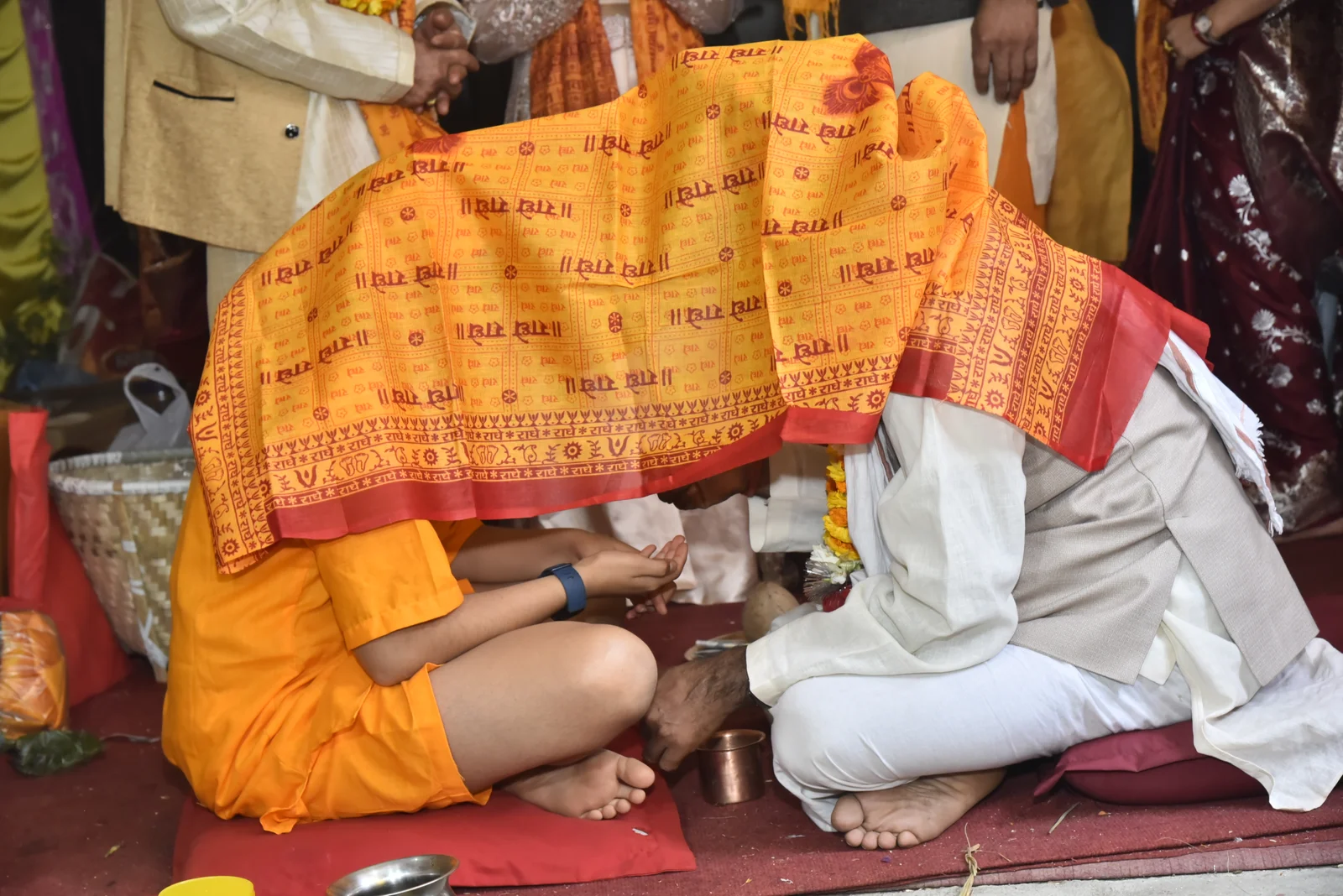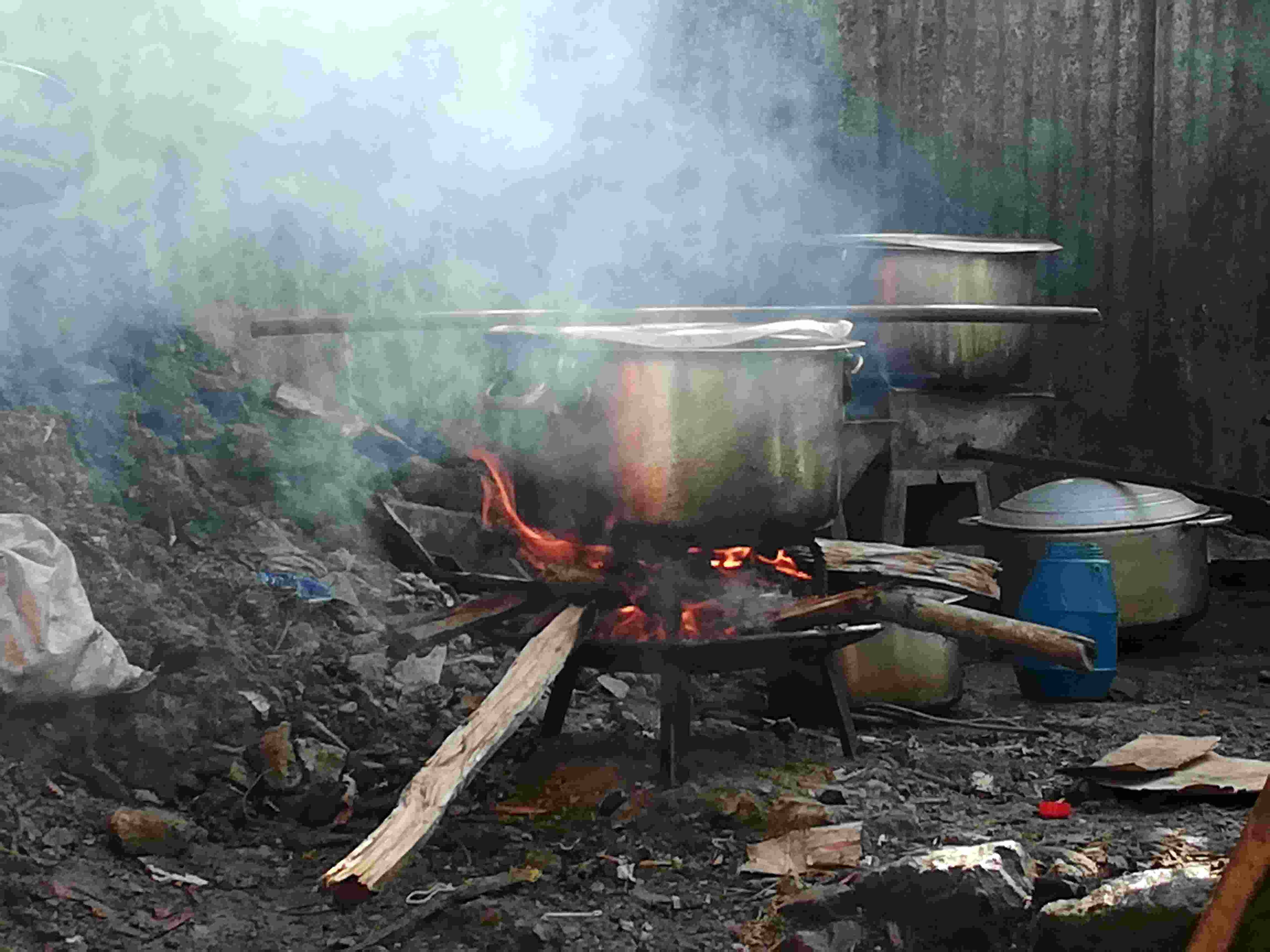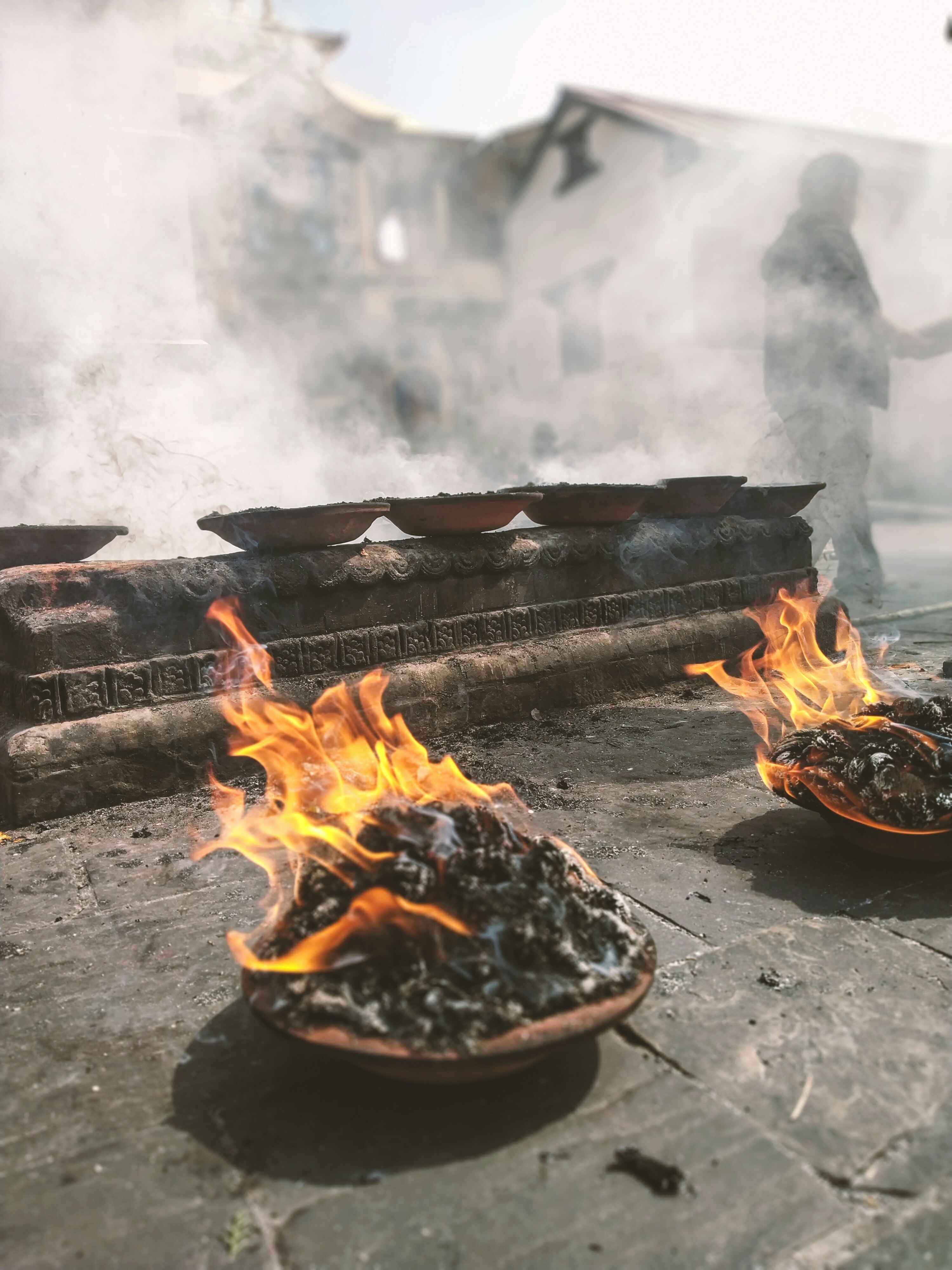Share this Article
Majipa Lakhey Naach – The Dance of the Masked Demon: Kathmandu’s Living Heritage on the Brink
In the vibrant heart of Kathmandu, amidst the echo of temple bells and the scent of incense, a masked figure roars through the alleys each year, sending shivers of awe and excitement among children and adults alike. This is the Majipa Lakhey, the “peaceful demon” of Kathmandu, whose ritualistic dance — the Lakhey Naach — is among the most iconic and mysterious expressions of Nepal’s intangible cultural heritage.
Performed annually during the Indra Jatra festival, the Majipa Lakhey Naach is more than street theatre. It is a living ritual, a communal act of memory and mythology, and a testament to the cultural vitality of the Newar people. Yet today, like many traditional art forms rooted in deep spiritual and communal practices, it is facing challenges of continuity, relevance, and authenticity in a rapidly modernizing society.
Origins and Mythology
The Lakhey is believed to be a rakshasa — a demon in both Hindu and Buddhist mythologies. But unlike fearsome demons of popular lore, the Majipa Lakhey is a benevolent protector. The term “Majipa” refers to the old town of Kathmandu (Yen or Yambu in the Newar language). According to legend, the demon fell in love with a girl from Majipa and decided to settle in the city. In exchange for allowing him to stay, the local king made him promise to protect the children and rid the city of other malevolent spirits.
Thus began the tradition of the Majipa Lakhey — the demon who dances to guard the city. The story carries powerful allegorical meaning: the transformation of wild forces into benevolent protectors through community engagement and ritual discipline.
The Performance and Symbolism
The Majipa Lakhey Naach is an explosive spectacle. Dressed in a fiery red mask with bulging eyes, fangs, and a crown of flames, the Lakhey surges through Kathmandu’s alleys with guttural howls and frenzied movement. His enormous frame is covered in red silk garments that swirl as he spins, stomps, and charges. Behind the mask is a trained dancer — always male — from the Ranjitkar clan, the hereditary custodians of the Lakhey.
The dance is physically demanding and spiritually significant. The dancer must enter a near trance state, as the mask itself is considered divine and imbued with power. Lakhey is accompanied by musicians playing traditional instruments like the dhime (drum), bhusya (cymbals), and basuri (flute), creating an auditory storm that mirrors the chaos and catharsis of the dance.
The Lakhey’s arrival at Hanuman Dhoka and his dramatic pursuit of the Pulukishi (the white elephant mount of Indra) symbolize his role in chasing away evil. For children, the Lakhey’s presence is terrifying yet thrilling — a dance on the edge of the supernatural.
Cultural Role and Intergenerational Identity
The Lakhey Naach is a ritual of identity and continuity. Performed during Indra Jatra — one of the Kathmandu Valley’s most significant festivals — it connects the urban rhythms of the modern city with its mythic past. It reinforces communal ties among Newars and affirms their cultural and historical centrality to Kathmandu’s identity.
The dance is also a moment of intergenerational learning. Young boys from the Ranjitkar community are taught the rhythms, postures, and significance of the dance from an early age. Musical skills, mask-making traditions, and costume maintenance are passed down orally, preserving the Lakhey lineage.
But these traditions are fragile. The younger generation, drawn toward modern careers and lifestyles, increasingly find little time or incentive to learn these practices. The intense physical training, secrecy, and discipline required of a Lakhey dancer do not easily align with contemporary aspirations.
The Sacred Mask and Ritual Preparation
Central to the Majipa Lakhey tradition is the mask itself — an object of immense cultural and spiritual significance. Made of papier-mâché and cloth, reinforced with layers of resin, and painted in vivid hues, the mask is treated as a deity. It is housed in a special shrine, the Lakhey Guthi, and only brought out during festivals.
Before the performance, the dancer undergoes ritual preparation, including fasting, purification, and in some cases, prayer ceremonies. Only a select few are allowed to touch the mask, and the transition from human to Lakhey is considered a form of possession — a merging of the dancer’s spirit with the protective force of the demon.
These rituals are disappearing as the pressures of time and practicality take over. Where once elders could afford to spend weeks preparing for the performance, today’s participants often squeeze in rehearsals between work shifts or school exams.
Threats to the Tradition
Like many of Nepal’s traditional art forms, the Majipa Lakhey Naach faces multiple challenges:
- Urbanization and Space Loss: Traditional performance areas are shrinking as the city expands. Courtyards and temples once used for practice and dance have been encroached upon or repurposed.
- Economic Pressures: The dance offers little financial reward. Without state support, performers rely on community donations or personal savings. Sustaining such a labor- and time-intensive art becomes increasingly difficult.
- Cultural Dilution: Modern media and entertainment threaten to overshadow the Lakhey tradition. Children today are more likely to recognize superheroes from global franchises than the masked demon of their own city.
- Lack of Institutional Backing: Although recognized as part of Nepal’s cultural identity, there is little formal support for training, documentation, or promotion of Lakhey Naach at the national level.
- Touristic Commodification: In some cases, Lakhey dances have been reduced to tourist shows, performed without context or ritual significance. This undermines their authenticity and reduces a spiritual tradition to entertainment.
Revival Efforts and Cultural Resilience
Despite these challenges, the Lakhey tradition endures. Dedicated individuals and cultural groups within the Ranjitkar community continue to uphold the rituals. Newer efforts include:
- Community Workshops: Training programs for youth interested in dance, drumming, and mask-making.
- Documentation Projects: NGOs and cultural institutions have begun recording oral histories, music, and dances to preserve them digitally.
- School Collaborations: Some schools in the Valley are including local festivals and dances in extracurricular programs, reintroducing children to their heritage.
- Cultural Festivals: Events that highlight traditional Newar art forms, including Lakhey Naach, help raise awareness among both locals and visitors.
Why Majipa Lakhey Naach Matters
Beyond its visual spectacle, the Majipa Lakhey Naach serves a deep social function. It affirms the power of community, the sanctity of myth, and the transformative role of ritual. In embodying the “peaceful demon,” the dance also suggests that what is feared can be embraced, transformed, and honored.
It is an art form rooted in paradox — of rage that protects, of chaos that blesses, of masks that reveal truth. In this way, Lakhey Naach offers profound insights into the human condition, identity, and the complex role of tradition in a changing world.
For Kathmandu, the Lakhey is not just a festival figure. He is a guardian, a teacher, a reminder that amidst skyscrapers and smartphones, ancient spirits still walk the streets, roaring not with anger — but with memory.
Conclusion
The Majipa Lakhey Naach is more than a dance — it is a sacred performance passed down through generations, steeped in myth, music, and devotion. As Nepal moves forward, it must not leave behind the masked demon who once vowed to protect its children.
In preserving the Lakhey, Kathmandu preserves a part of itself — wild, red-robed, and roaring through time.
Categories:
Culture & Traditions
Tags:
FolkloreOfNepal







